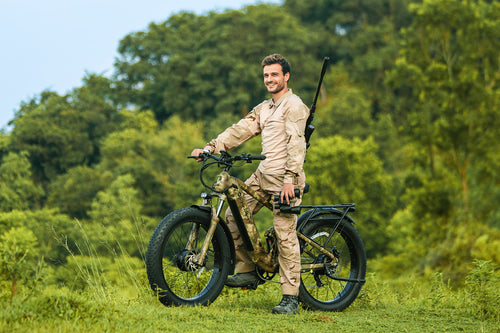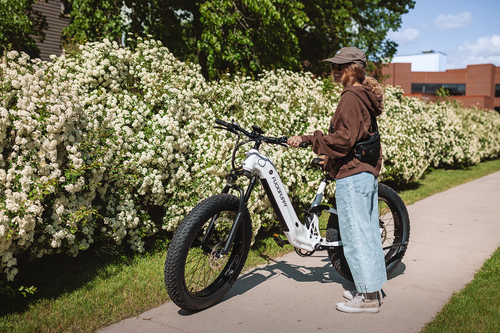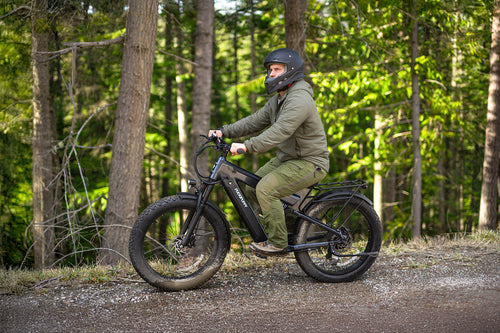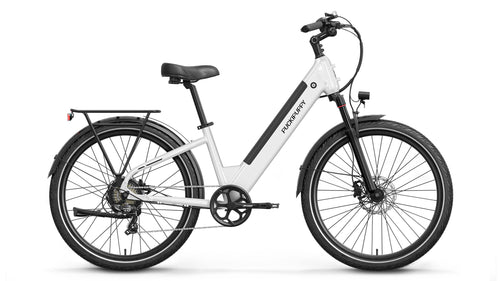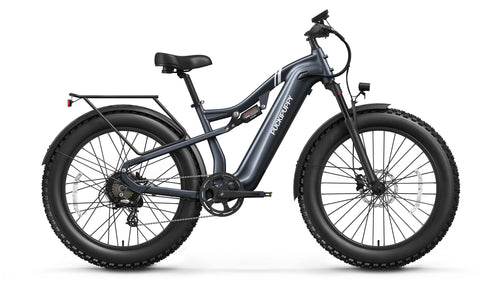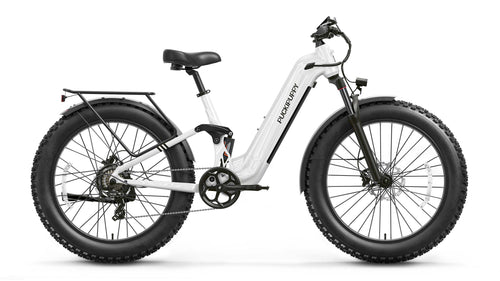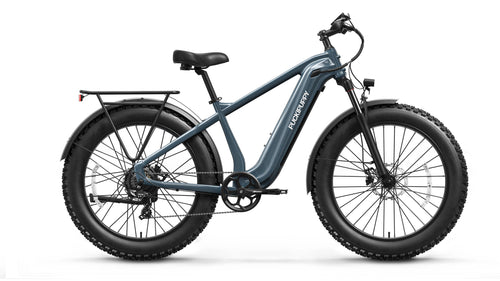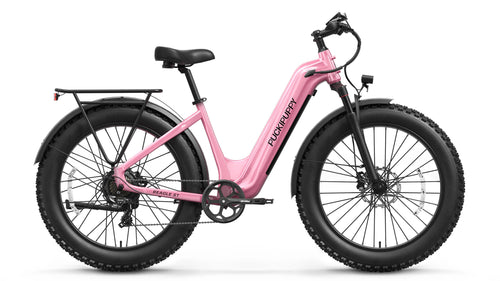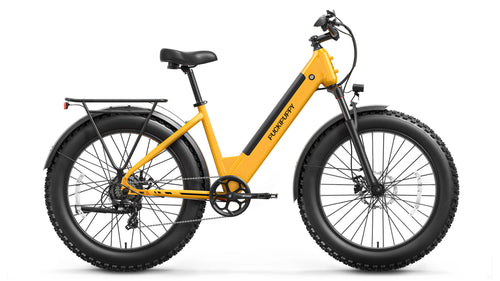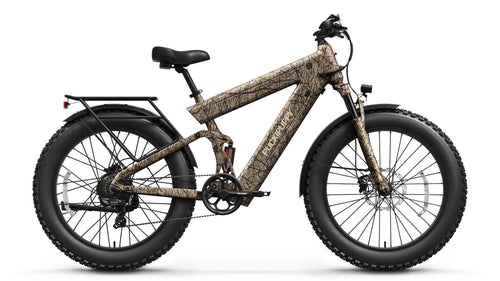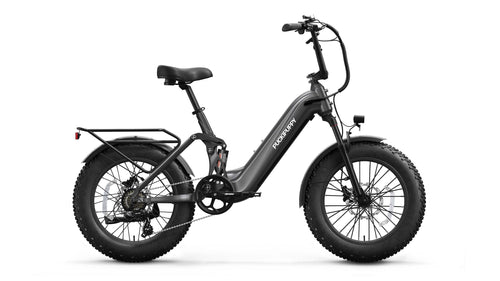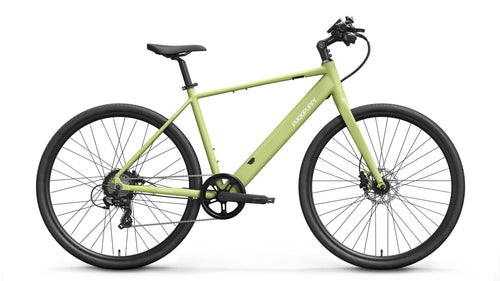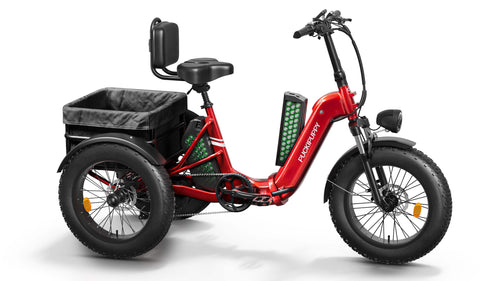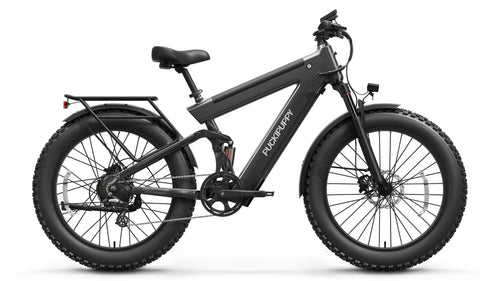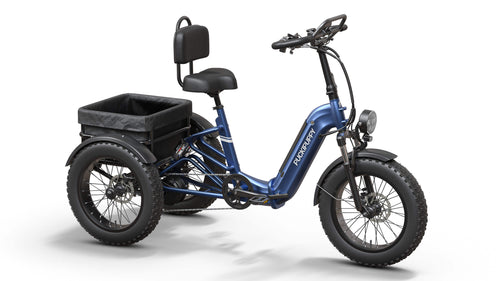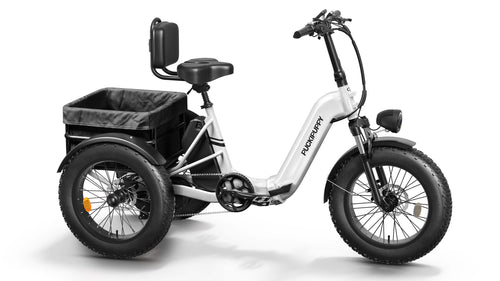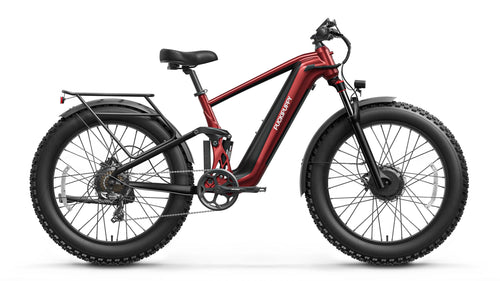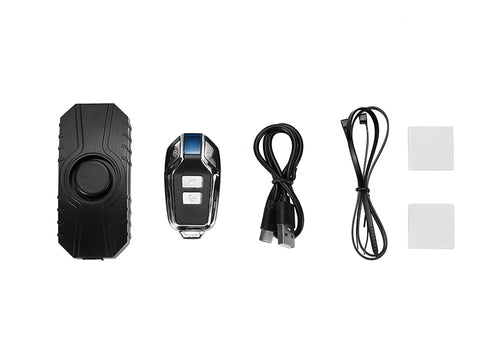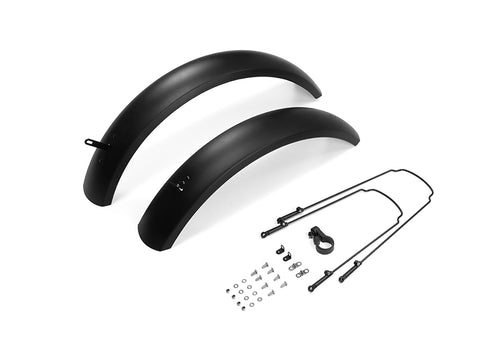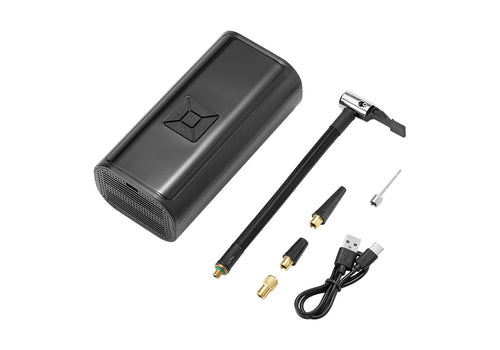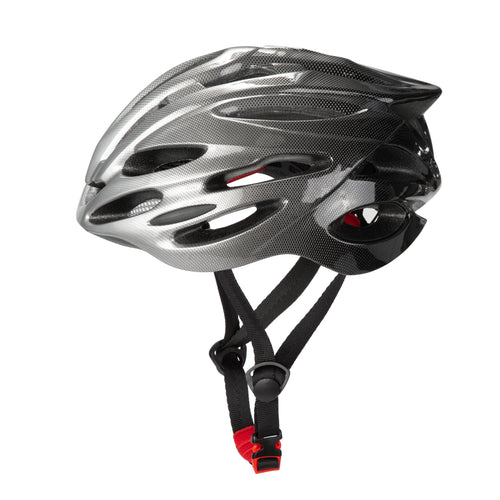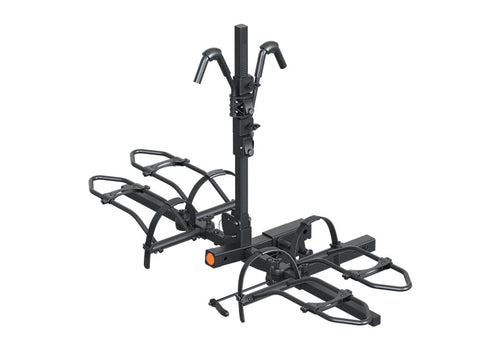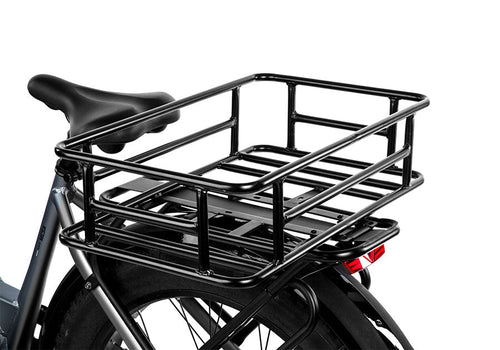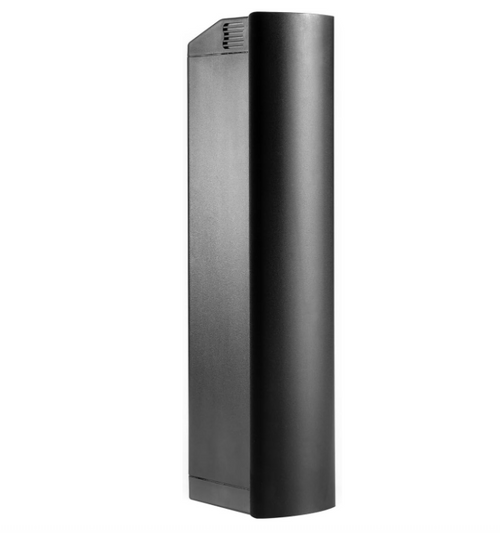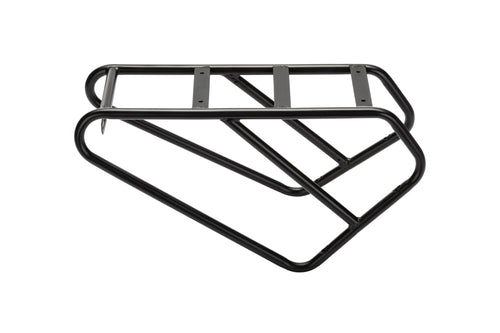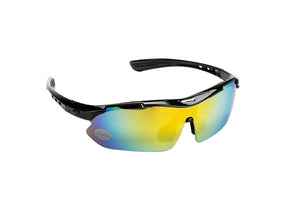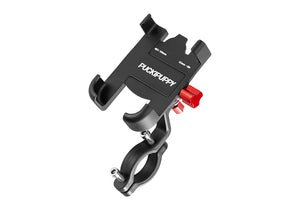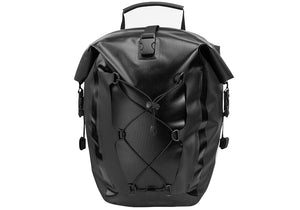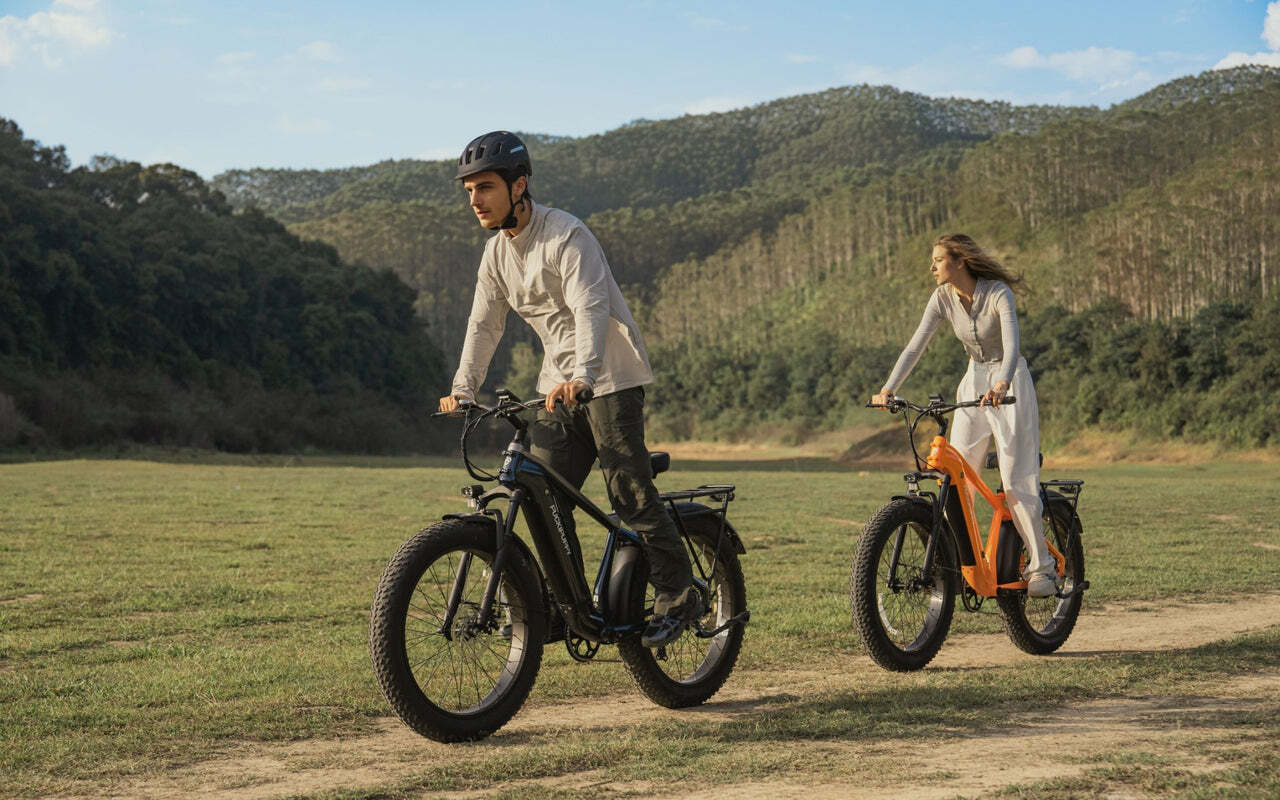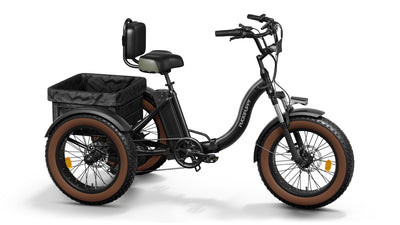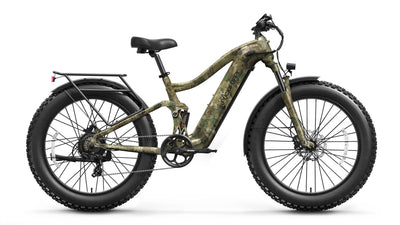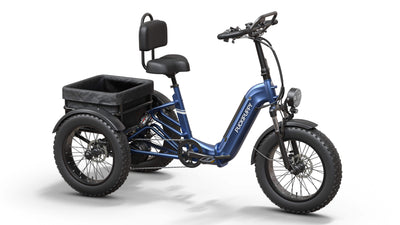Tired of worrying about your balance on a two-wheeled bike? Maybe you want the freedom to run errands without firing up the car, but need a little help with the hills. You're not alone. Across the U.S., a quiet revolution in personal mobility is taking place, and the electric tricycle is at its heart. It’s more than just a bike with an extra wheel—it's a gateway to regained independence, pure fun, and practical utility.
This guide cuts through the confusion. We'll walk you through the key reasons to consider an e-trike, help you find your perfect match, and break down the specs in plain English. Let's find the model that will have you wondering why you didn't make the switch sooner.
Top 5 Reasons an Electric Tricycle Belongs in Your Life
Why are e-trikes surging in popularity from coast to coast? It boils down to a few powerful benefits that solve everyday problems.
-
Unshakable Stability and Safety: This is the number one reason. The three-wheeled design provides a stable platform, whether you're coming to a stop, navigating a tricky corner, or simply loading up groceries. There’s no need to put a foot down, eliminating the fear of tipping over. This inherent stability builds confidence, especially on uneven pavement or gravel paths.
-
Effortless Cargo and Grocery Hauling: Forget balancing a heavy load on a wobbly bike rack. Most e-trikes are designed with utility in mind. With a large rear basket or a front cargo box, you can easily carry a week's worth of groceries, your gardening supplies, or even your small dog. For small business owners, it's a cost-effective "last-mile" delivery vehicle.
-
Inclusive Comfort for Every Body: E-trikes are uniquely accessible. If you have knee or joint issues, balance concerns, or are simply looking for a low-impact way to stay active, an e-trike is a perfect fit. The step-through frames on many models make getting on and off a breeze. The electric assist means you can enjoy the ride without arriving sweaty or exhausted.
-
Pure, Accessible Fun: Remember the joy of riding a bike as a kid? E-trikes bring that feeling back. The combination of stability and a gentle power boost makes every ride a delight. It’s about enjoying the journey, smelling the roses, and exploring your neighborhood or local park without strain.
-
An Eco-Friendly Car Replacement: For many short trips under 5 miles—the school run, the coffee shop, the post office—an e-trike is a perfect substitute for your car. You'll save on gas, reduce your carbon footprint, and often find parking right at your destination.
Who Should Ride a 3-Wheel Electric Bike? (It Might Be You!)
E-trikes serve a wide range of Americans. See yourself in one of these profiles?
-
Seniors Seeking Independence: For those who want to maintain an active, independent lifestyle without the risks associated with a two-wheeled bike.
-
Individuals with Mobility or Balance Issues: Whether due to age, injury, or a medical condition, e-trikes offer a safe and empowering way to get outside and move.
-
Practical Families and Urban Dwellers: Perfect for quick errands where a car feels like overkill. Pick up a gallon of milk, the dry cleaning, or a pizza with ease.
-
Recreational Riders and Adventurers: If your idea of a good time is a leisurely cruise along a beach boardwalk or a state park trail, a comfort-focused or fat-tire e-trike is your ticket to adventure.
Finding Your Perfect Match: A Guide to Electric Trike Types
Not all e-trikes are the same. Your lifestyle will determine the best type for you.
-
The Urban Commuter & Leisure Cruiser (Upright Trikes): This is the most common style, resembling a traditional bicycle but with two wheels in the back. It's ideal for daily errands, casual rides on paved surfaces, and social outings. Look for comfortable seating and optional cargo accessories.
-
The Ultimate Comfort Seeker (Recumbent Trikes): These feature a laid-back, seated position with your legs extended forward. The seat is more like a chair, offering superb back support. Recumbents are fantastic for long-distance riding and for those with significant back problems, as your weight is distributed over a larger area.
-
The Practical Hauler (Cargo Trikes): Built for business and heavy loads. These often have a large storage box—either in the front or the back—with a high weight capacity. If your primary goal is to carry substantial goods, from tools to packages to kids, this is your category.
-
The All-Terrain Explorer (Fat Tire Trikes): Equipped with extra-wide, knobby tires, these trikes can handle sand, snow, gravel, and rough trails with confidence. If you live near the beach, in a snowy climate, or just want to venture beyond the pavement, a fat tire model is a must.
The Smart Buyer's Guide: Understanding E-Trike Specs
Don't let the technical jargon intimidate you. Here’s what really matters.
-
Motor Power & Position (The "Heart"):
-
Power: In the U.S., most quality e-trikes have a 750W motor, which is the federal limit for e-bikes and provides ample power for hills and acceleration.
-
Position: Hub motors (in the wheel) are common and cost-effective. Mid-drive motors (at the pedals) are more efficient, provide better balance and hill-climbing power, and feel more natural to ride, but are typically more expensive. For most riders, a 750W hub motor is perfectly sufficient.
-
Battery & Real-World Range (The "Fuel Tank"):
-
Capacity: Look for the voltage (V) and amp-hours (Ah). A common and reliable setup is a 48V battery. Multiply V by Ah to get Watt-hours (Wh). A 48V, 15Ah battery is 720Wh.
-
Range: A 500-750Wh battery typically offers a real-world range of 20-40 miles per charge. Remember, your weight, cargo, hills, and how much you use the pedal assist will greatly impact this. Always err on the side of a larger battery if you plan longer trips.
-
Payload Capacity (The "Strength"): This is critical. The payload is the maximum weight of the rider PLUS any cargo, accessories, and children. If you weigh 200 lbs and plan to carry 50 lbs of gear, you need a trike rated for at least 250 lbs. Do not exceed this limit.
-
Braking System (Your "Stopping Power"):
-
Disc brakes are essential. They provide strong, reliable stopping power in all weather conditions.
-
Hydraulic disc brakes offer the best performance with less hand effort required, a significant advantage for those with arthritis or weaker grip strength.
-
Gearing for Your Terrain: If you live in a hilly area, a model with multiple gears (e.g., a 7-speed Shimano drivetrain) will allow you to pedal efficiently on slopes, conserving battery power. For flat terrain, a single-speed model may be adequate.
Are You Ready to Ride? Your Final Pre-Purchase Checklist
Before you click "buy," run through this list:
-
I have identified my primary use case (commuting, cargo, recreation).
-
I have calculated my total payload (my weight + cargo) and chosen a trike that exceeds it.
-
I have confirmed the motor (750W) and battery (500Wh+) meet my range and terrain needs.
-
I have checked that the trike has disc brakes (preferably hydraulic).
-
I have measured my storage space (garage, shed) to ensure the trike fits. Remember, e-trikes are wider!
-
I have researched the brand's warranty (look for 2+ years on the frame, motor, and battery) and U.S.-based customer service support.
-
The Final Step: I have looked for a "test ride" option locally or ensured the online retailer has a clear, reasonable return policy.
Ride With Confidence: Safety and Easy-Care Tips
Your new e-trike is a vehicle, and safe operation is key to enjoying it for years.
Safety First
-
Master the Turn: Three-wheelers handle differently. Practice turning at low speeds, as they can be less agile than a two-wheeler. Always slow down before a curve.
-
Be Visible: Use the included headlight and taillight always. Add a bright flag on a tall pole to make yourself seen over hedges and by cars.
-
Know Your Width: You are wider now! Be mindful of narrow gaps, gates, and doorways.
Easy Upkeep
-
Tire Pressure: Check it weekly. Properly inflated tires ensure a smooth ride, maximize battery range, and prevent flats.
-
Battery Care: Charge it after use, but avoid leaving it plugged in for days on end. Store it in a cool, dry place, especially during winter.
-
Keep It Clean: A simple wipe-down with a damp cloth after a dusty or rainy ride will keep your trike looking new.
-
Brake Check: Listen for squealing and feel for reduced responsiveness, which signal it's time for a maintenance check.
Conclusion
Choosing an electric tricycle is about choosing a new way to experience your world—one that is stable, freeing, and full of joy. It’s a commitment to staying active, connected to your community, and doing your part for the planet, all without sacrificing an ounce of convenience or fun.
By understanding your needs, knowing what to look for, and following this guide, you are equipped to make a confident choice. So, take the next step. Explore your options, and get ready to embrace the open road on three wheels.
Ready to find your perfect electric trike? Explore our curated collection of high-performance, reliable models, each designed with the American rider in mind. [Shop Now and Discover the Difference.]
Read more: How to Choose an Electric Bike







